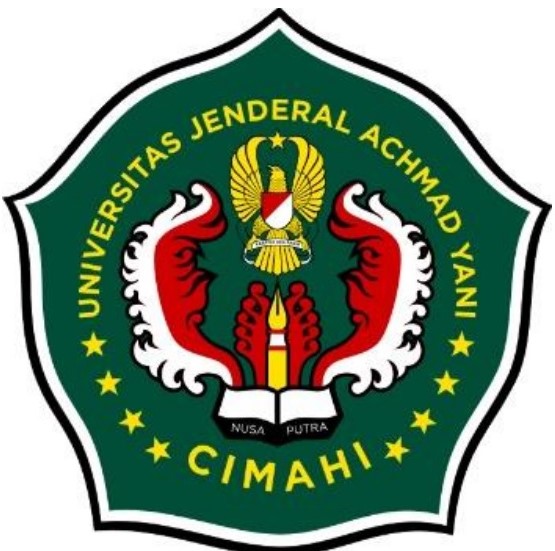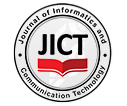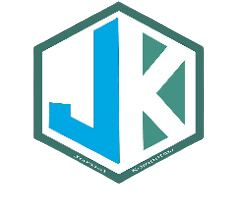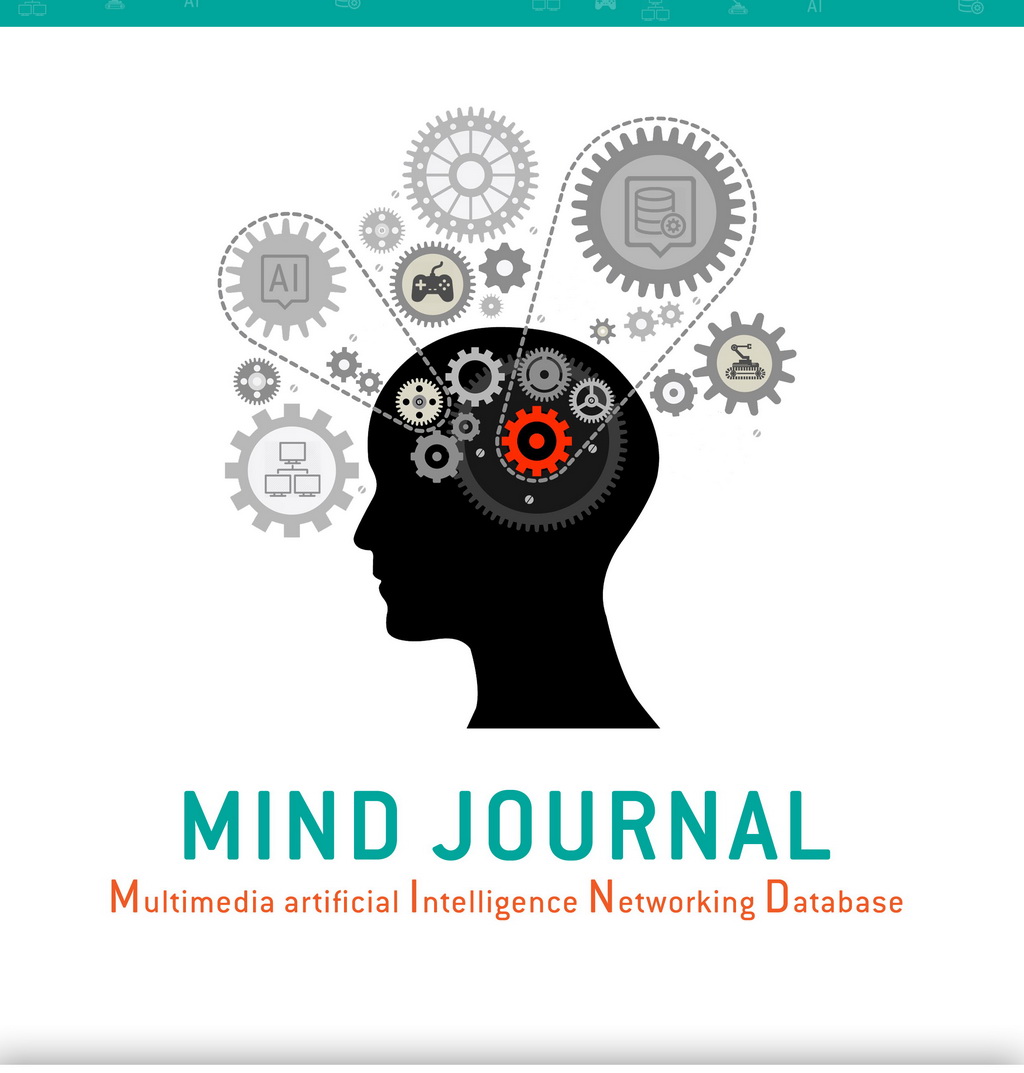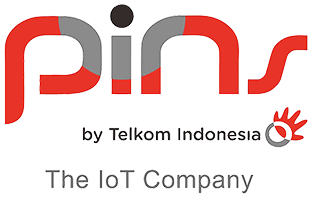KLASIFIKASI OBJEK KODE TANGAN PADA PENGENALAN ISYARAT ALPHABET BAHASA ISYARAT INDONESIA (BISINDO)
Abstract
Deaf communication tools are with sign language. Which is used by the hearing impaired is the Indonesian Sign Language (BISINDO) promoted by the Indonesian Deaf Welfare Movement (GERKATIN). To communicate with normal people who do not know sign language usually requires an intermediary who translates sign language. To make it easier to communicate and recognize sign language especially Sign Language Indonesia (BISINDO) required the detection of hand code in sign language and mengklasifikasiya so it can be converted into a text that can be understood people in general. In recognizing the hand coded object on sign language an important process to be aware of is by detecting hand shape configuration that reflects the alphabetic letters in BISINDO. The method of hand-object detection used using haar classifier. After the hand code has been detected then the next step is the process of image retrieval, training data, and hand classification can be done. For that process classification of hand code object is an important process in introducing sign language to be transformed into text form. K-Nearest Neighbor (K-NN) is a method used to classify objects based on learning data closest to the object. From the results of testing the classification of hand coded objects in sign language with the algorithm K Nearest Neigbors alphabet letter that can be translated namely the letters A, B, C, D, E, F, G, H, I, K, L, M, N, O, P, Q, S, T, U, V, W, X, Y, and Z. The letters J and R can not be translated because of the form of hand movements. The average end result can be 91.8%.



